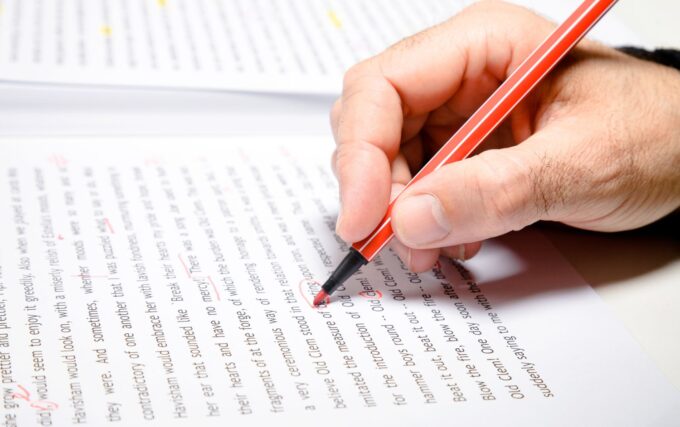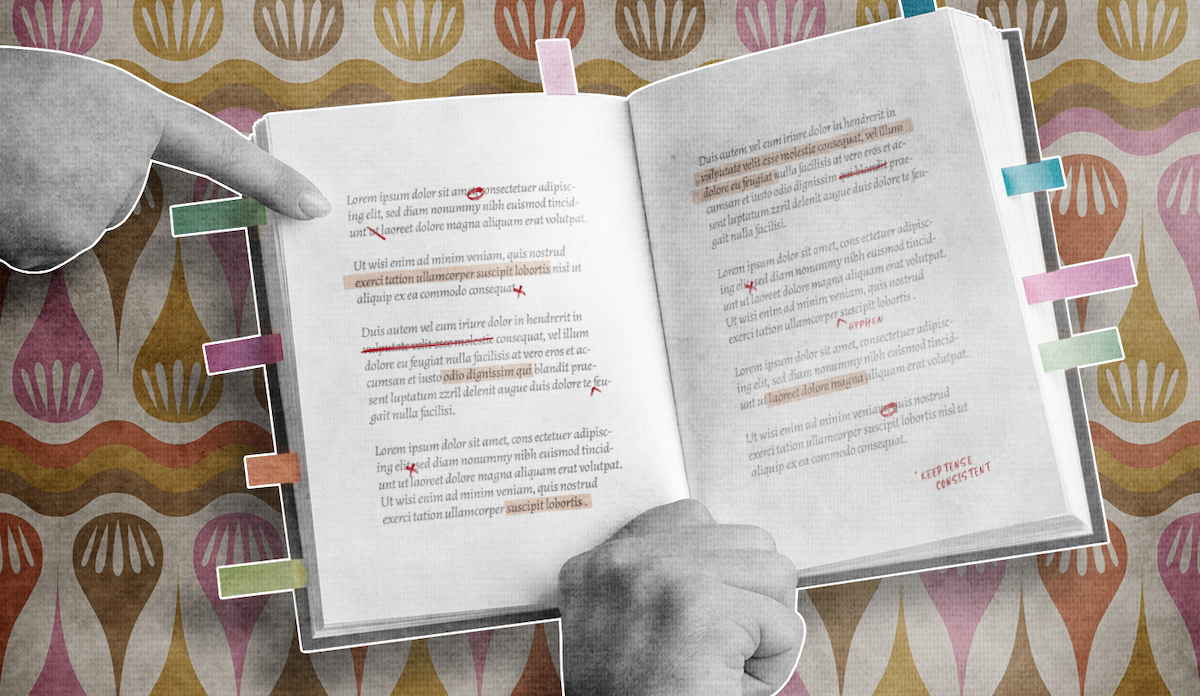Writing a book is a labor of love, but it takes more than just the author’s creativity and skill to bring a masterpiece to life. Behind every great author stands a dedicated manuscript editor, working tirelessly to refine and polish the raw manuscript into a compelling and well-structured work of art.
In this article, we will delve into the crucial role of manuscript editors in the publishing process and explore how they contribute to the success of authors and their books.
But before we dive deeper into the role of manuscript editors, it’s worth exploring how to effectively reduce costs when it comes to the physical production of your work
Understanding the Role of Manuscript Editors
Before we dive into the specifics, it’s essential to understand what manuscript editors do. Their primary objective is to ensure that the author’s ideas are communicated clearly and effectively to the readers.
Manuscript editors are not just grammar nerds; they are masters of language who possess an eye for detail and a deep understanding of the nuances of storytelling.
The Art of Constructive Criticism

One of the key skills of a manuscript editor is the ability to provide constructive criticism. As they review the author’s work, they offer feedback and suggestions to enhance the overall quality of the manuscript.
This process may involve identifying plot holes, weak character development, or inconsistent pacing. By working closely with the author, manuscript editors help transform rough drafts into engaging narratives that captivate readers from beginning to end.
“Particularly for children’s book manuscripts, editors must ensure the story is engaging and that the language is suitable for young readers. They play a crucial role in adjusting the manuscript to ensure it is both educational and entertaining.
Editors of children’s books also focus on the alignment of text and illustrations, making sure the visual elements not only complement but also actively enhance the storytelling. Their keen insight into the developmental stages of young readers helps in tailoring content that is not only enjoyable but also appropriate for the intended age group. Additionally, they ensure that the narrative supports the development of reading skills and cognitive growth in a fun and engaging manner.
Structural Editing: Laying the Foundation
Structural editing is the backbone of the editing process. At this stage, the manuscript editor focuses on the overall structure and flow of the story. They evaluate the organization of chapters, examine the plot’s coherence, and ensure that the book’s pacing is well-balanced.
Structural editing is a collaborative effort, with the editor and author brainstorming ideas and making significant revisions to achieve a coherent and compelling narrative.
Line Editing: Polishing the Prose

Once the foundation is solid, it’s time to focus on the prose. Line editing involves scrutinizing each sentence and paragraph to enhance clarity, eliminate redundancies, and refine the author’s voice.
Manuscript editors also pay attention to word choices, ensuring that the language used is appropriate for the target audience and genre. The goal is to elevate the writing to a professional standard while maintaining the author’s unique style and tone.
Copy Editing: Perfecting the Details
In the publishing world, details matter. Copy editing is the stage where manuscript editors meticulously comb through the manuscript, checking for errors in grammar, punctuation, and spelling. They also ensure consistency in formatting, style, and references.
A polished manuscript devoid of technical errors allows readers to fully immerse themselves in the story, without the distractions of typographical mistakes.
The Symbiotic Relationship Between Author and Editor

The author-editor relationship is a crucial aspect of the publishing process. It requires mutual respect, trust, and open communication. A skilled manuscript editor understands the author’s vision and works diligently to preserve it while making necessary improvements.
Authors, on the other hand, must be receptive to feedback and willing to collaborate with their editors for the greater good of the book.
Balancing Creativity and Commercial Viability
Manuscript editors play a crucial role in helping authors strike the delicate balance between creativity and commercial viability. While preserving the author’s artistic integrity, editors also consider market trends and reader preferences.
This harmonious blend ensures that the final product not only resonates with the target audience but also has the potential for commercial success.
The Evolution of Manuscript Editing
The role of manuscript editors has evolved significantly with the advent of technology. In the past, editing involved manual markups on physical manuscripts.
Today, the editing process often takes place digitally, with track changes and collaborative tools allowing for seamless communication between authors and editors across vast distances.
The Unsung Heroes of Publishing

Despite their pivotal role in shaping books, manuscript editors often remain behind the scenes, receiving little recognition compared to authors.
Their dedication and expertise contribute immensely to the success of published works, and their influence extends beyond the pages of a single book. Well-edited manuscripts have a positive impact on the publishing industry, elevating the overall standard of literature.
Diversity and Sensitivity in Editing
In recent years, the publishing industry has become increasingly aware of the importance of diversity and sensitivity in editing. Manuscript editors are instrumental in ensuring that books represent a broad spectrum of voices and perspectives.
They help authors navigate potential pitfalls of cultural misrepresentation, stereotypes, or offensive language. By promoting inclusivity, manuscript editors contribute to a more diverse literary landscape that reflects the richness of human experiences.
Editors are attuned to the cultural context and nuances within a story, enabling them to guide authors toward respectful and authentic portrayals of characters from diverse backgrounds.
Their role in addressing sensitive topics and fostering understanding ensures that literature becomes a bridge that unites readers across different cultures and backgrounds.
Adapting to Changing Trends and Genres
The publishing industry is dynamic, with trends and genres constantly evolving. Manuscript editors play a crucial role in keeping up with these changes and helping authors adapt their work accordingly.
Whether it’s the rise of a new genre, changes in reader preferences, or the emergence of fresh storytelling techniques, editors act as navigators, guiding authors through uncharted waters.
Editors help authors strike the right balance between innovation and tradition, allowing them to experiment with new ideas while staying true to their unique style. By embracing these changes and anticipating future trends, editors play a significant role in shaping the literary landscape and pushing the boundaries of storytelling.
Conclusion
Manuscript editors are the unsung heroes of the publishing process, working tirelessly to refine and enhance the words of authors. From the early stages of structural editing to the final polish of copy editing, their attention to detail, constructive criticism, and editorial expertise contribute to the creation of compelling and impactful books.
Through their collaborative efforts with authors, manuscript editors strike a delicate balance between creativity and commercial viability, producing works that resonate with readers and leave a lasting impression.
Furthermore, they champion diversity and sensitivity in editing, ensuring that literature becomes a powerful tool for fostering inclusivity and understanding among diverse audiences.
As the publishing industry continues to evolve, manuscript editors will adapt to changing trends and genres, guiding authors through uncharted territory while maintaining the integrity of their vision.
So, the next time you immerse yourself in the pages of a captivating book, take a moment to appreciate the skilled hands that shaped its brilliance—the manuscript editors who stand behind every great author.








